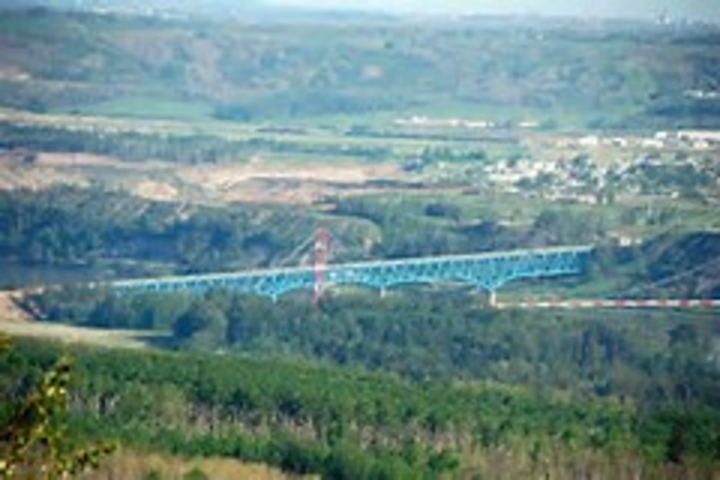You should upgrade or use an alternative browser.
- Thread starter amo
- Start date
mtf
Member
- Location
- Bottom of the Bluegrass State
T.C. in Tx
Member
The reasoning is that if you stretch the top first, then each of the other wires will add more tension and end up loosening the top wire. If you start at the bottom then it goes the other way to an extent. At least you don't end up with a loose wire on top doing it that way.
Determined
Well-known Member
No matter how good your braces are, the top of the post will always move in a little.(quoted from post at 19:22:42 05/26/14) When stretching 4 strands which is first, top, bottom, or middle to get them all tight? Thanks Amo
If you do the bottom first you will loose some tension on it by the time you get the top wires done.
Build it in whatever order works for you, but top to bottom when tightening gives the best results.
Logically, we started with the top wire and worked from the top down so the next wire so it didn't hang up as we tightened the wire.
Wheatfarmer
Member
oliver power
Member
waltdavies
Member
Walt
http://www.waratahfencing.com.au/Product/Tools-and-Accessories/Wire-Joiner-Range.aspx
A bit expensive but magic for short strains that lose tension. They work with barb too.
Not needed if you get to half mile strains and high tensile wire in my experience.
I got kicked off another site, sheep related, because the nazi lady running it called me every thing she could think of when I maintained that fences need upkeep every year. Her daddy and hubby built fence that never, ever needed work and that was just all there was to it. Some people just don't know what they don't know.
Wheatfarmer
Member

single stand of hot high tensile wire. Drop it on the ground in
the fall and put it back up in the spring. Had an old phone co.
Truck to drill holes. Only found one spot I couldn't drill into the
shale. Pushed a big rock over there for the corner.
redforlife
Well-known Member
Similar threads
- Replies
- 8
- Views
- 749
- Replies
- 2
- Views
- 283
- Replies
- 4
- Views
- 270
We sell tractor parts! We have the parts you need to repair your tractor - the right parts. Our low prices and years of research make us your best choice when you need parts. Shop Online Today.
Copyright © 1997-2024 Yesterday's Tractor Co.
All Rights Reserved. Reproduction of any part of this website, including design and content, without written permission is strictly prohibited. Trade Marks and Trade Names contained and used in this Website are those of others, and are used in this Website in a descriptive sense to refer to the products of others. Use of this Web site constitutes acceptance of our User Agreement and Privacy Policy TRADEMARK DISCLAIMER: Tradenames and Trademarks referred to within Yesterday's Tractor Co. products and within the Yesterday's Tractor Co. websites are the property of their respective trademark holders. None of these trademark holders are affiliated with Yesterday's Tractor Co., our products, or our website nor are we sponsored by them. John Deere and its logos are the registered trademarks of the John Deere Corporation. Agco, Agco Allis, White, Massey Ferguson and their logos are the registered trademarks of AGCO Corporation. Case, Case-IH, Farmall, International Harvester, New Holland and their logos are registered trademarks of CNH Global N.V.
Yesterday's Tractors - Antique Tractor Headquarters
Website Accessibility Policy

